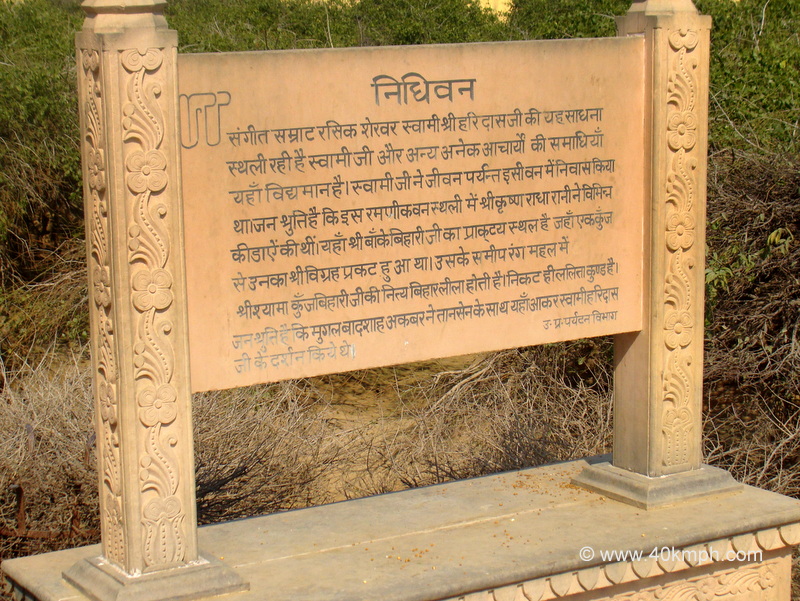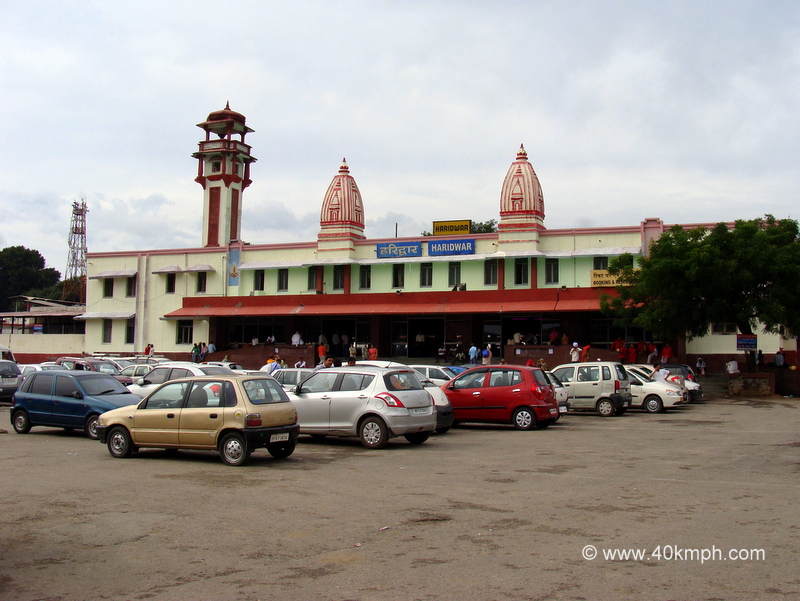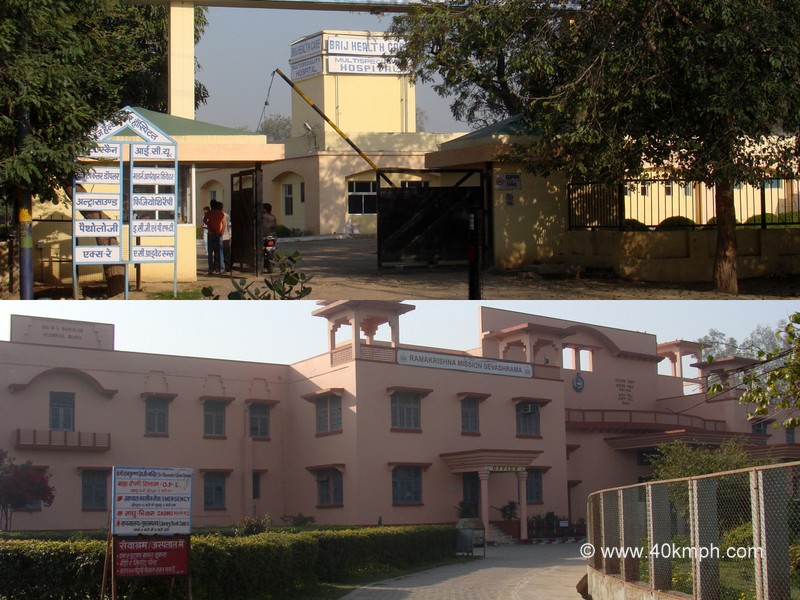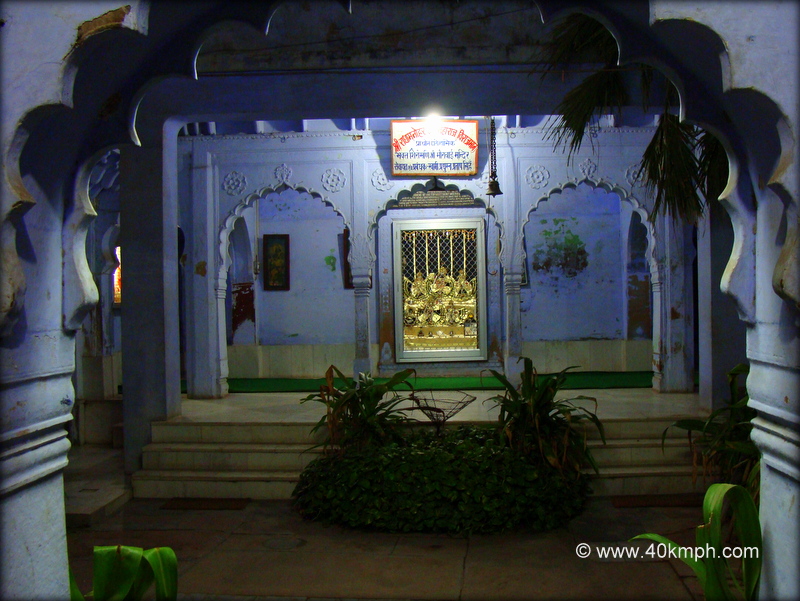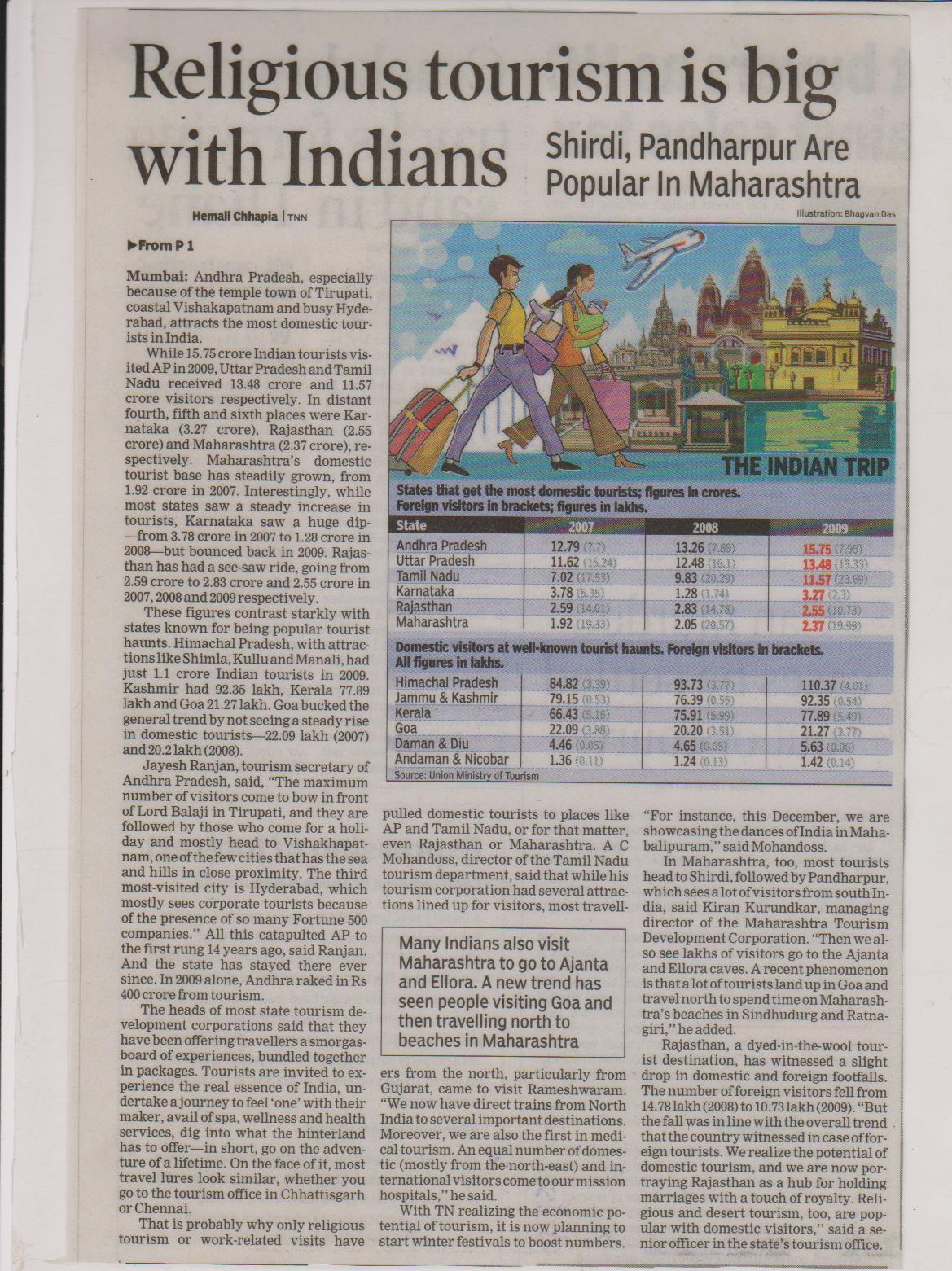Nidhivan is next to Shah Ji Temple. During the Vrindavan tour, I with Ram Krishna – a friend, and a guide, visited Shri Nidhivan Raj Nij Mahal also known as Nidhivan. Photography is strictly not allowed inside but yes, at the entrance a display-board talks about five important locations within Nidhivan:
- Lalita Kund
- Shri Banke Bihari’s appearance place
- Rang Mahal
- Bansi Chori Radha-Rani
- Swami Haridas temple
Timings:
Summer: 5:00 am – 8:00 pm
Winter: 6:00 am – 7:00 pm
Timing is very important especially at this very location because nobody stays inside the area after evening hours – said Ram Krishna.
We will talk later about the same when we will reach Rang Mahal currently at Lalita Kund. It is said Lalita – the Sakhi (friend) of Lord Krishna during Dvapara Yug was re-born as Swami Haridas in Kalyug. Swami Haridas was born at Haridaspura near Aligarh. He left his village and first came to Radha-Kund, Shyam Kund near Govardhan, and built a Kutiya (hut) to stay and sing bhajan. After that, he visited Vrindavan and selected this very location known as Nidhivan for his meditation, prayers, and singing. He took Mahasamadhi in Vikram Samvat 1535. It is said the earth split only two times – once for Sita and for Swami Haridas.
Ram Krishna said – One-day Swami Haridas felt thirst. It is said and believed Lord Krishna with his flute dig the place to quench the thirst of Swami Haridas thus the location is named Lalita Kund.
(If you remember I narrated almost similar history while visiting Seva Kunj)
And I inquire about the name of the bushes spread all over the place. Pilu – The name is also named Vrindavan Tulsi. I saw devotees with utmost devotion sweeping the ground. The natural presence and vibes can be felt while we walk bending our back within bushes.
Shri Banke Bihari Prakatya Sthal i.e., place of appearance – The location where Swami Haridas meditated and Lord Krishna appeared in person presented his image to Swami ji currently installed at Shri Banke Bihari Mandir.
And close to Shri Banke Bihari Prakatya Sthal is Rang Mahal. It is said and believed Vikram Samvat 1515 Lord Krishna himself appear in person and presented his image to Swami Haridas. Swami ji installed the image at this very location which is known as Rang Mahal. 266 years the image was present at this very location till it was installed at Shri Banke Bihari Mandir.
The temple of Shri Banke Bihari was constructed with the efforts of Seth Harbulal and Goswamis.
At 7 evening hours Phool (flowers), Itra (scent), Paan, Daatun, Shringar, Suhag Pitari (suhag box) are offered to Goddess Radha and Lord Krishna. The gates of Rang Mahal and Nidhivan are closed. 5:30 morning hours when gates are opened for Mangla Aarti (morning prayers) devotees find Daatun is broken, Paan is chewed, and Shringar is used. It is believed Lord Krishna and Goddess Radha visit Rang Mahal daily at night thus nobody is allowed to stay within the area. Even animals leave the location it is said.
Remember: There are many monkeys within the area.
Those days Rang Mahal was constructed while using cow dunk by Swami Haridas till it was renovated by devotees later.
108 pad said by Swami Haridas is written within the walls of Rang Mahal.
Dashrath Ji was narrating all said history and I listened silently. No words what to say. Devotion, Prayers, and we walk further.
Raas-Mandal – This is constructed by devotees Ram Krishna said. Sharad Purnima – The day Raas-Leela is organized at this very location between 5-7 evening hours for devotees to sing bhajan.
Bansi Chori Radha-Rani – a temple dedicated to Radha. At this temple, one can see Radha playing Bansi i.e., flute. It is said Radha once stole the bansi (flute) of Lord Krishna which is shown at this very temple. The temple was constructed by Seth Harbulal.
One-by-one we visited each said location and finally, we reached Samadhi:
Swami Haridas
Goswami Jagannath (younger brother of Swami Haridas)
Vithal Vipul Dev
We sat for a few minutes for prayers. And I was told by Ram Krishna even Mughal Emperor Akbar visited Nidhivan along with Tansen to meet Swami Haridas. Jai Ho – said I and we walk further towards Sri Sri Radha Damodar temple.
